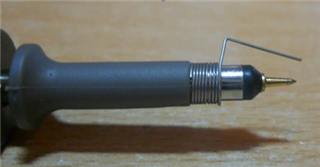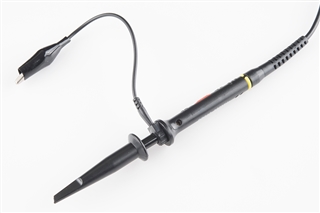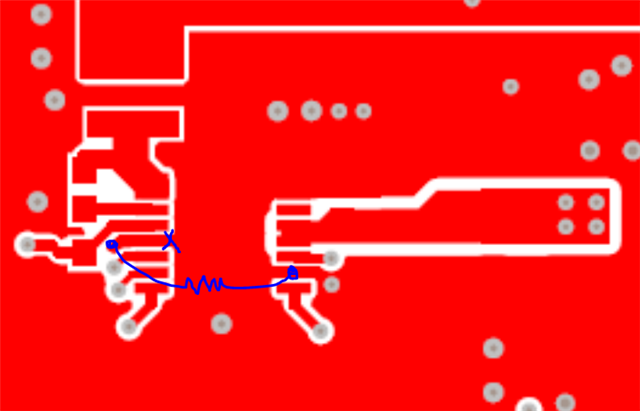Whether LM63625 HTSSOP evaluation board is compatible to LM63615 HTSSOP evaluation board? Beacuse Iam using Lm63625 evaluation board, on that LM63615 IC is mounted. Whether performance will be same in both the cases? The problem is that Iam getting too much ripple, iam using Lm63615 HTSSOP package on Lm63625 evaluation board. Kindly please confirm it.
-
Ask a related question
What is a related question?A related question is a question created from another question. When the related question is created, it will be automatically linked to the original question.





